Today, I’m sharing some of my pictures from the far north of Scotland. Welcome to Orkney!
Orkney was a delight! From the Viking-era St. Magnus cathedral and the Bishop’s Palace in Kirkwall to the beautiful countryside, there was so much to see! Ancient history is everywhere. Standing stones litter the landscape outside of Kirkwall and the other towns, but don’t miss the major sites at Stenness and the Ring of Brodgar.
For a different sort of trip back in time, plaques along the path to the neolithic settlement of Skara Brae cited earlier and earlier historical events as we neared the our goal. It felt almost eerie as we walked past reminders of the first man on the moon (1969) and other events down through the ages to reach the 5000-year-old settlement. The remaining structures and tools are evidence of a much more sophisticated way of living than you might expect. No one knows for sure why the habitation was abandoned, but one theory says the horseshoe-shaped bay was once a freshwater lake until a storm broke through and the sea flooded in.
Skaill House is nearby, once owned by the man who discovered Skara Brae. It’s worth a visit to learn more about the history of the area, the discovery of Skara Brae, and to see Captain Cook’s dinner service china!
For more modern history buffs, the Scapa Flow, a large body of protected water on the other side of the island, has been in use since before Viking times. It famously sheltered the British fleet during WWI and WWII. Much of the German fleet lies beneath its surface, scuttled there after the war, making it a popular dive site.
You can reach Orkney by plane or boat—on a cruise as I did, or by ferry. Its a wonderful place to explore Scotland’s diverse history and culture. I plan to return some day to visit more of the Orkney islands.
If you haven’t already, read about my visit to the Orkney Library and Archives. And check back often, I have too many pictures to share all at once!
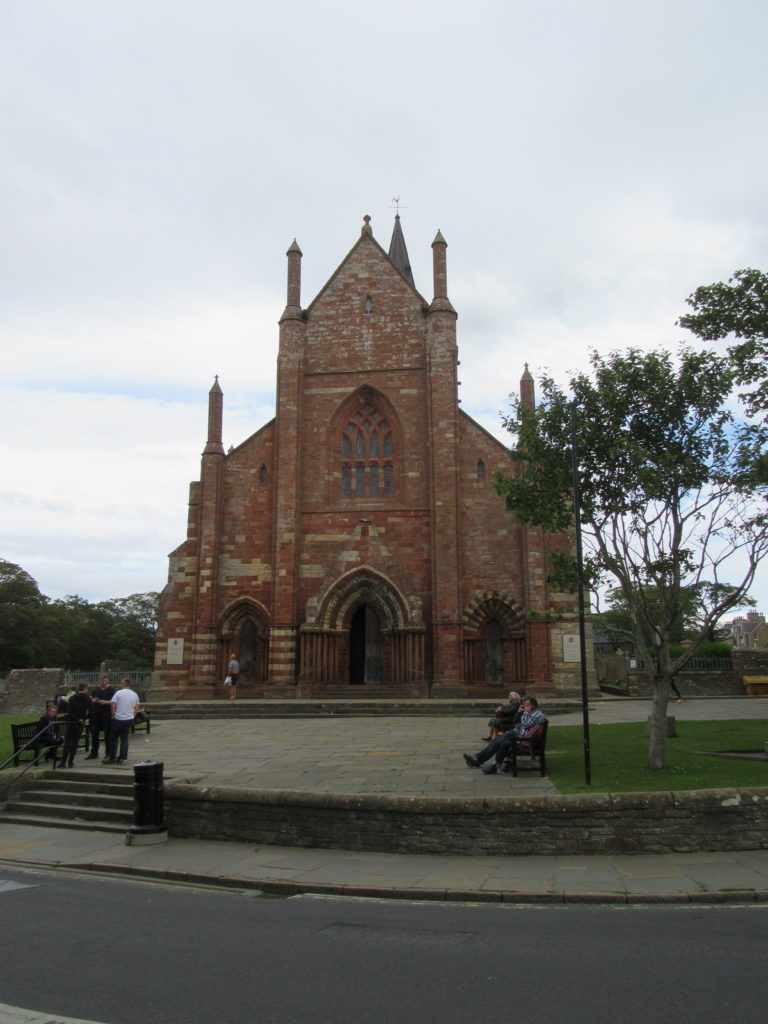 |
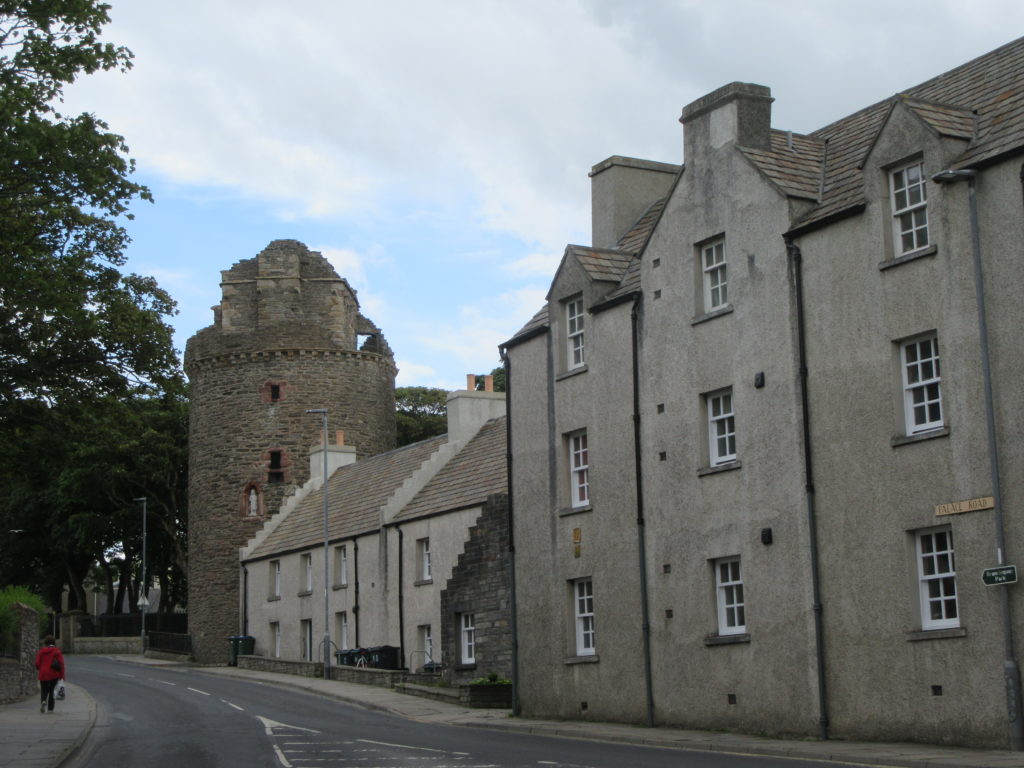 |
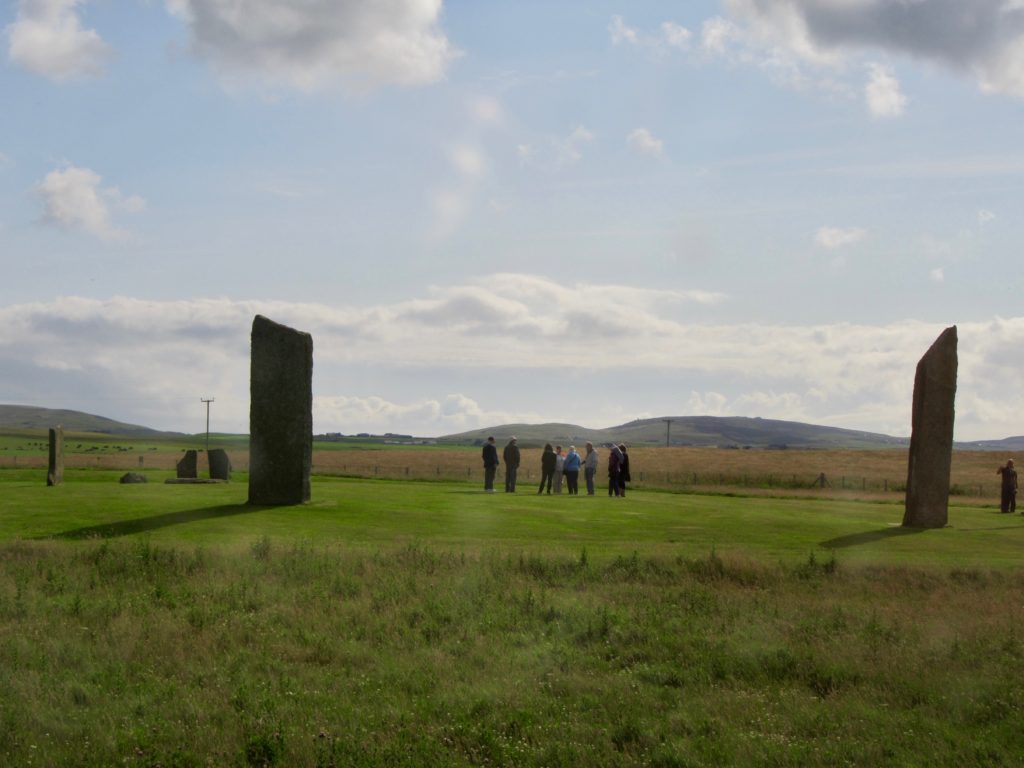 |
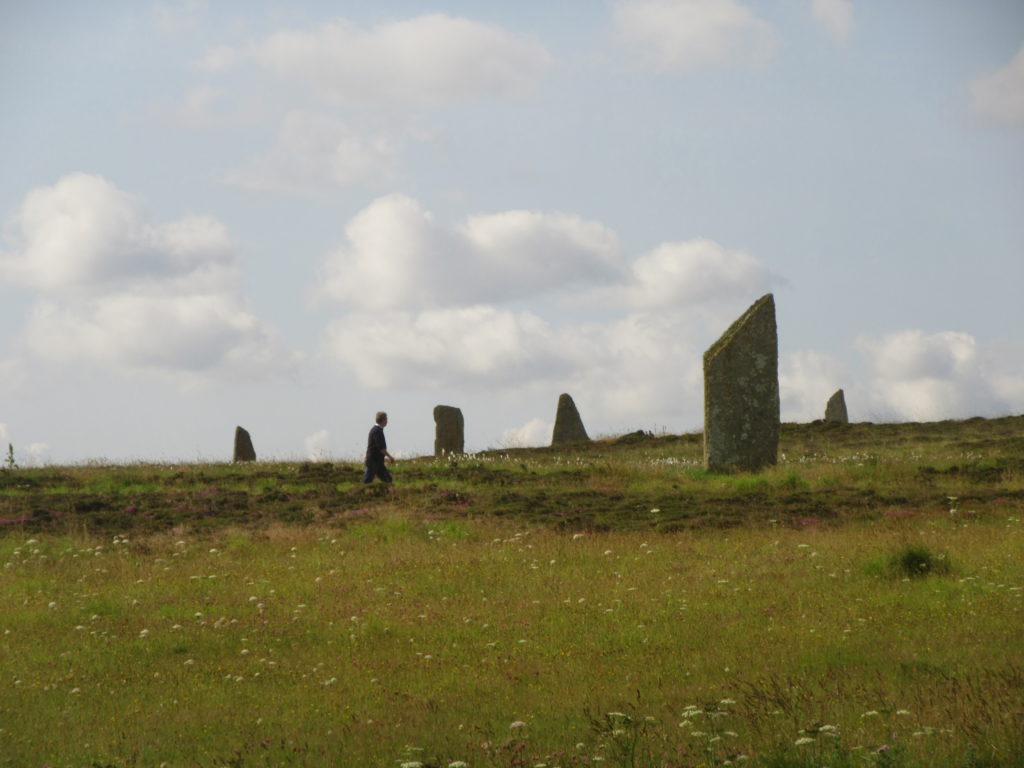 |
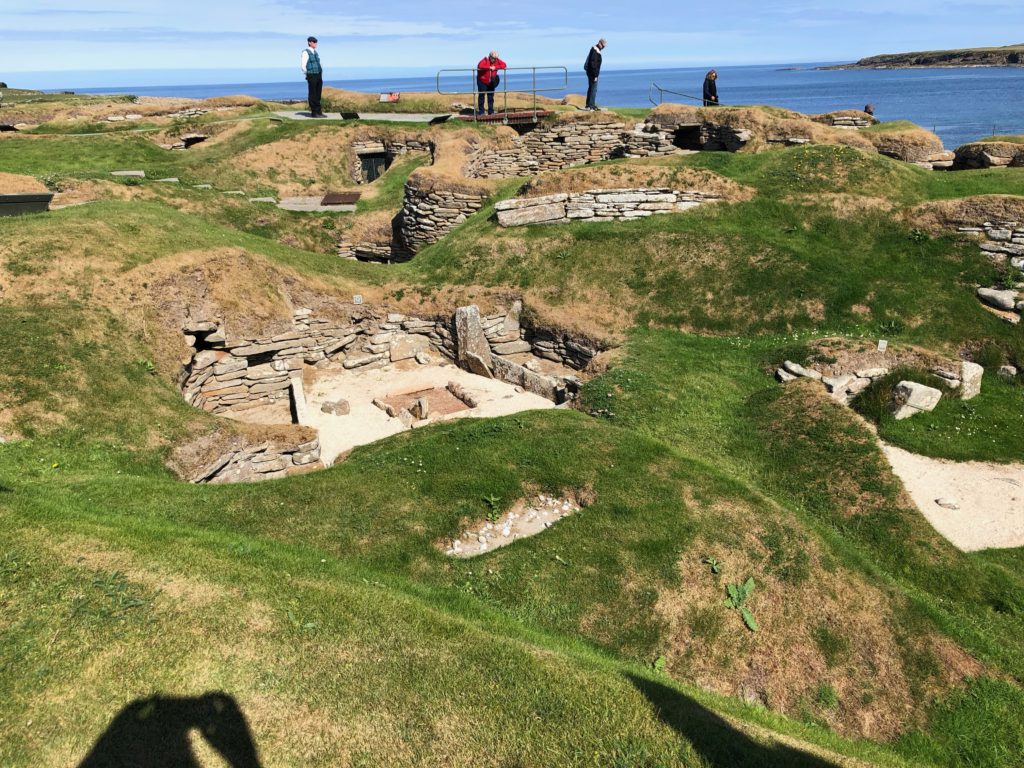 |
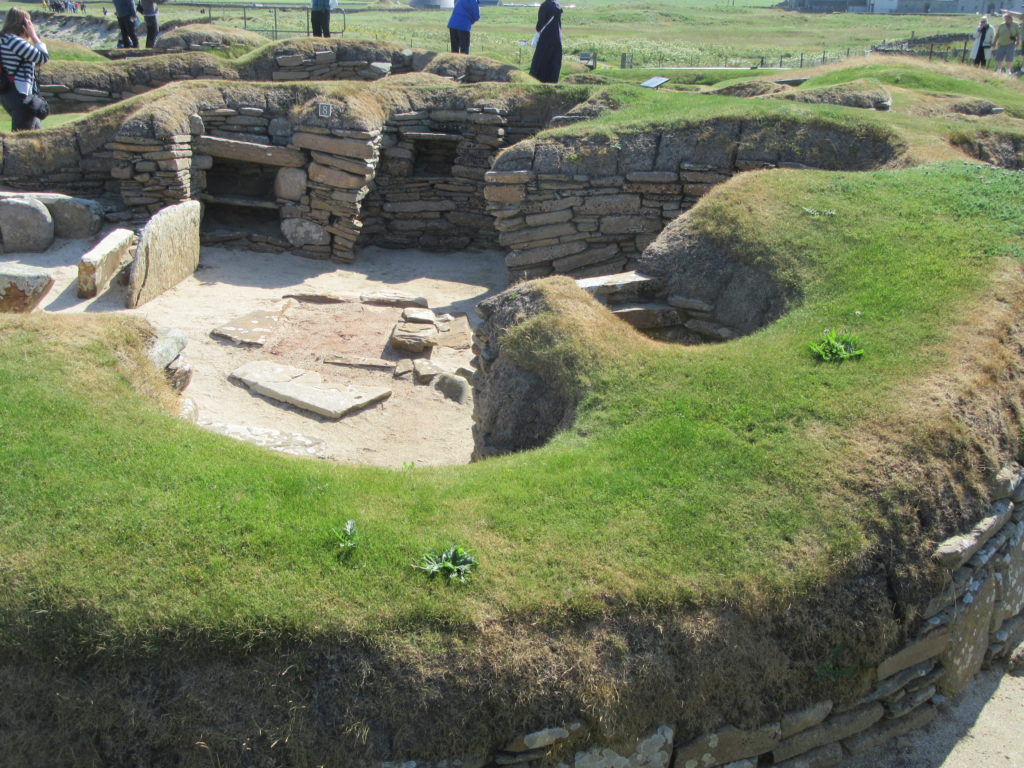 |
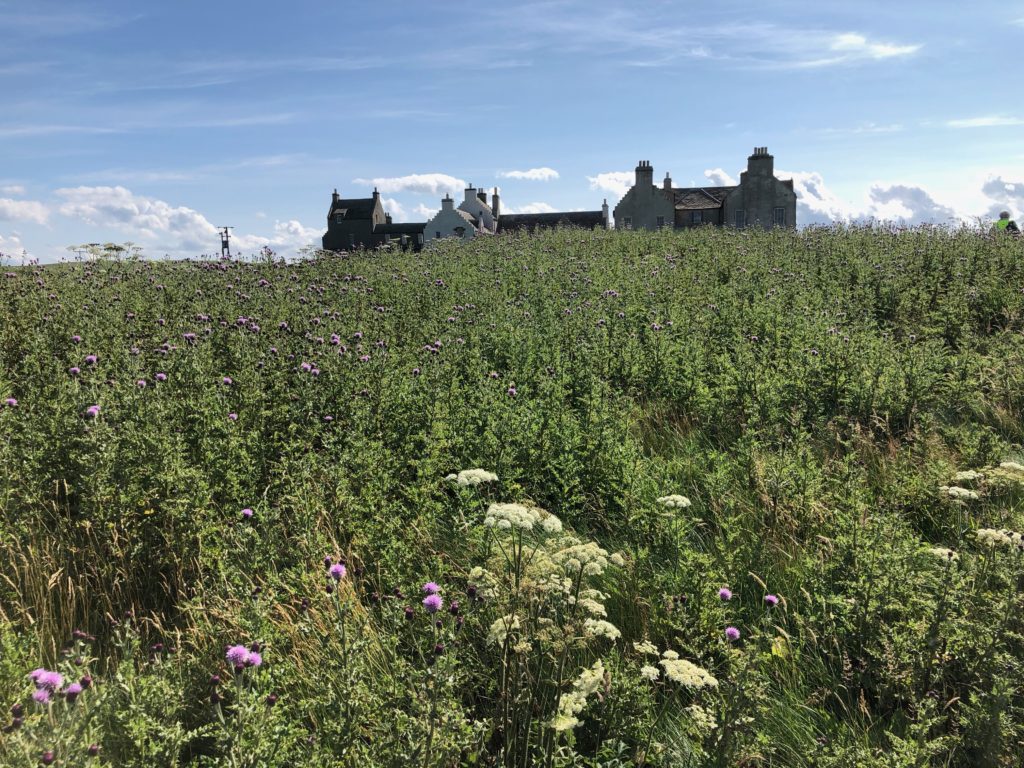 |
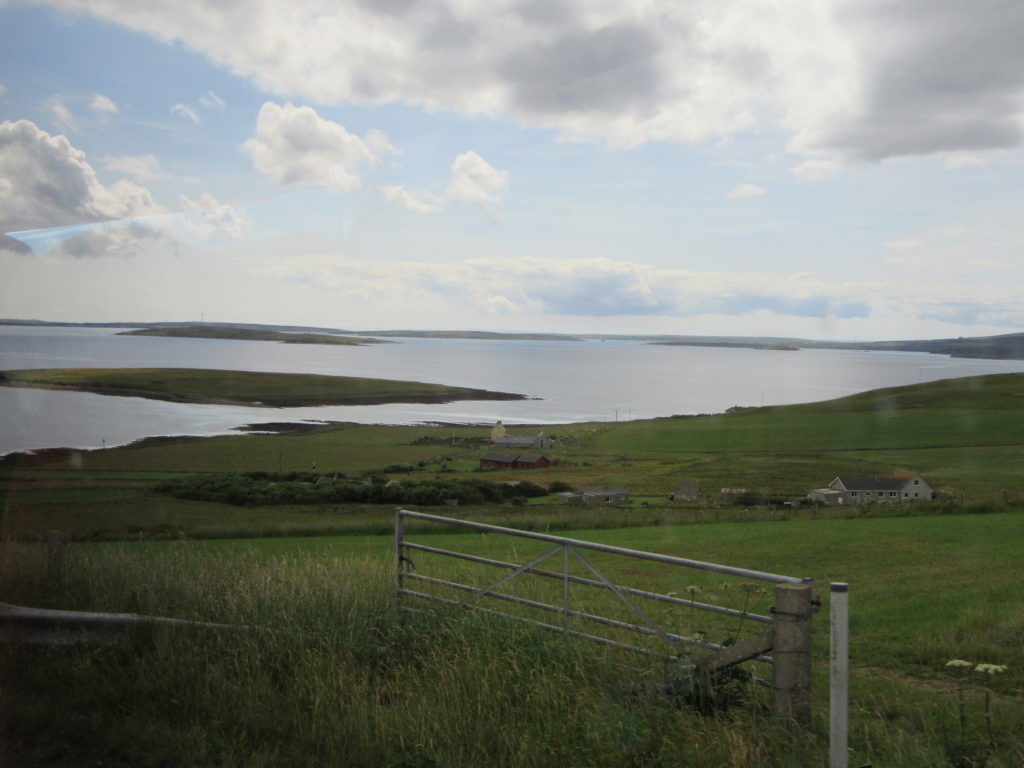 |
